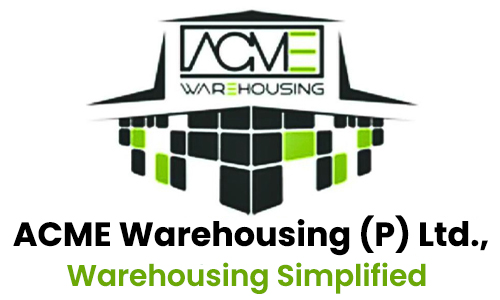Small and medium-sized businesses, or SMEs, are a major pillar of economic growth and are constantly increasing their output in order to survive and thrive in the current competitive market. With increased production, they do, however, have substantial problems with inventory control and customer service delivery. Today, running a profitable firm and surviving the market competition depend largely on excellent inventory management. Despite the fact that SMEs’ decision-makers invest a lot of time in operations, using the best inventory & storage management technology to manage the inventory will help them get the best possible results. Here, we attempted to examine the difficulties SMEs encounter with inventory management and to explore some helpful solutions.
Making the most use of space is one of the greatest problems SMEs have with inventory management. Businesses frequently outgrow their current warehouse facilities as they expand, necessitating the search for a new, larger location. This can be a significant obstacle, particularly for SMEs who might lack the funding to invest in new warehouse space. For small enterprises, the rent and utility costs for a larger warehouse can be a substantial financial strain.
Lack of flexibility and width of distribution
Lack of flexibility in SMEs’ warehouse operations is another difficulty. Due to their reliance on a single warehouse, many SMEs may find it difficult to adapt swiftly to changes in consumer demand. For instance, a SME might not be able to swiftly ramp up production and deliver the product to market in a timely manner if demand for a specific product unexpectedly increases.




